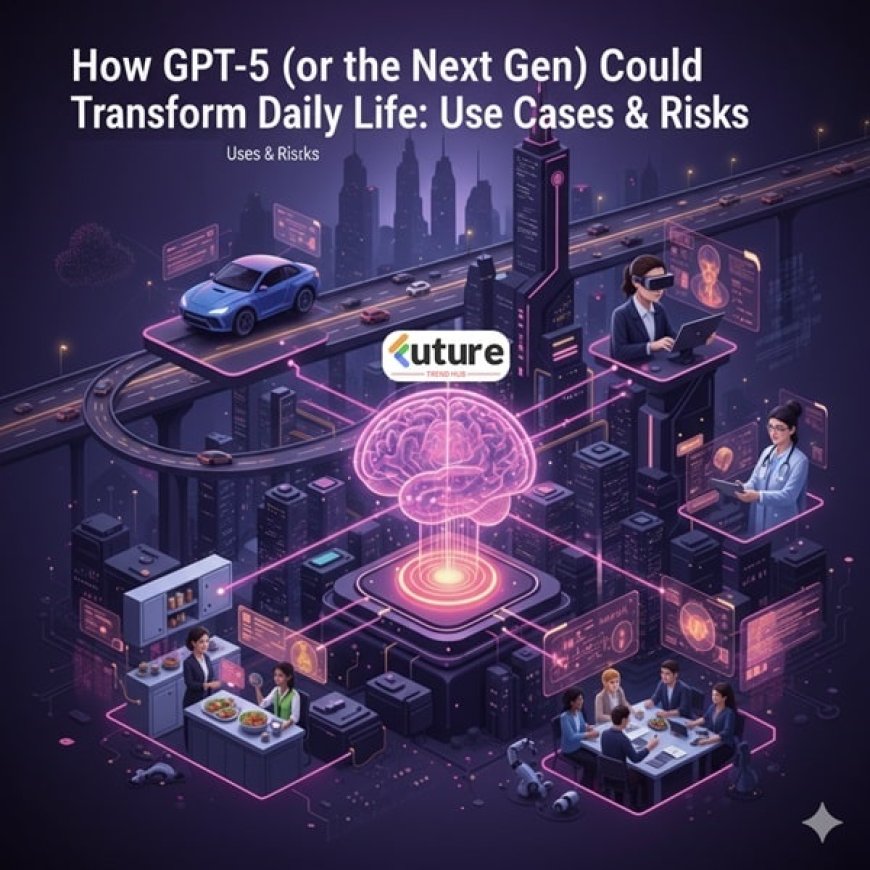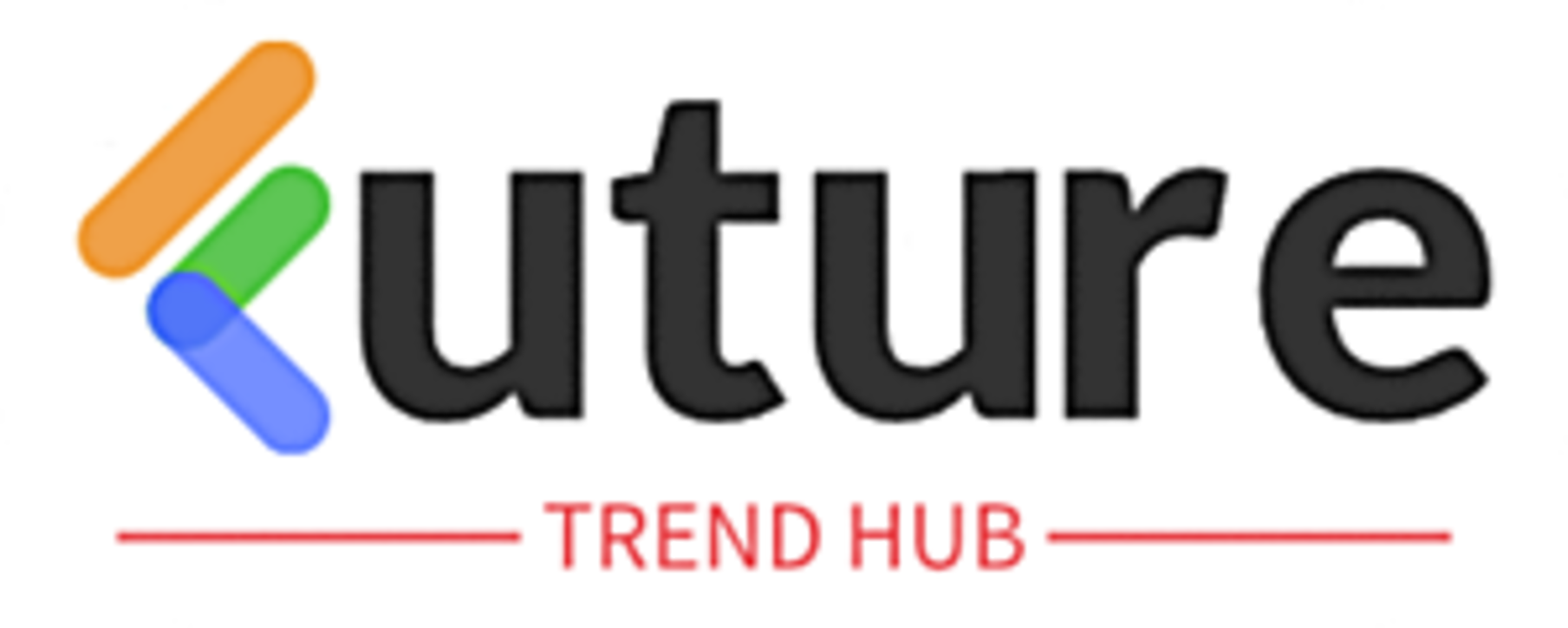How GPT-5 (or the Next Gen) Could Transform Daily Life: Use Cases & Risks
Artificial Intelligence (AI) is evolving faster than ever. With each new generation of large language models (LLMs), we see leaps in capability, creativity, and practical use. GPT-5 — or the next generation of AI models — is expected to reshape daily life in profound ways. From personal productivity to healthcare, education, and even entertainment, AI is moving beyond experimentation into real-world transformation.

In this article, we’ll explore how GPT-5 could transform daily life, its use cases, and the risks we need to prepare for.
🌍 Everyday Use Cases of GPT-5
1. Personal Assistants That Actually Understand You
Imagine a virtual assistant that doesn’t just set reminders but actually anticipates your needs. GPT-5 could manage your calendar, draft emails in your tone, recommend healthy meals, or even negotiate bills and subscriptions online — making it more like a “digital secretary” than a simple chatbot.
2. Education & Personalized Learning
Students could benefit from personalized AI tutors that adapt to their learning style. GPT-5 may explain concepts at multiple levels of complexity, translate lessons into native languages, and provide real-time feedback. This democratizes education and helps learners of all ages.
3. Healthcare & Mental Wellness
AI could become a 24/7 health companion. GPT-5 could analyze symptoms, suggest possible conditions, and provide lifestyle recommendations. Paired with wearable devices, it might monitor vital signs and alert patients or doctors to anomalies.
Additionally, GPT-5 could offer mental health support through empathetic conversations, journaling guidance, and cognitive behavioral therapy (CBT) exercises.
4. Business, Work & Creativity
From generating business reports to designing marketing campaigns, GPT-5 could automate knowledge work. Creative professionals may use it for drafting scripts, brainstorming ideas, or generating artwork.
Entrepreneurs could also use AI to analyze markets, predict consumer trends, and optimize strategies, giving small businesses access to tools once reserved for big corporations.
5. Smarter Social Interactions
Future AI models may power virtual friends, companions, and coaches, blurring the line between social networking and real companionship. While this could help fight loneliness, it also raises questions about authenticity in human relationships.
⚠️ Potential Risks & Challenges
While the opportunities are exciting, the risks of next-gen AI cannot be ignored.
1. Job Displacement
As GPT-5 becomes capable of handling complex knowledge work, industries like customer service, marketing, legal research, and even programming could face significant automation.
2. Misinformation & Deepfakes
GPT-5 could generate hyper-realistic fake content, making it harder to distinguish between truth and falsehood. This could impact elections, media credibility, and even personal reputations.
3. Privacy Concerns
More intelligent AI means more data collection. Without proper regulation, GPT-5 could be used to track personal behaviors, analyze private conversations, and predict human decisions — raising ethical concerns.
4. Over-Reliance on AI
With GPT-5 becoming more capable, there’s a risk of over-dependence on AI for decision-making. This could reduce critical thinking skills and lead to “automation bias,” where people trust AI blindly.
🔮 The Future of AI in Daily Life
GPT-5 and future AI models will redefine how we live, work, and connect. The key lies in responsible innovation: building transparent systems, regulating misuse, and ensuring human values stay at the center of AI development.
While the risks are real, the opportunities to enhance productivity, health, and creativity are enormous. If we manage it wisely, GPT-5 could be one of the most transformative tools in human history.







